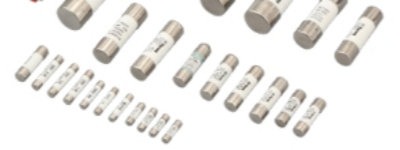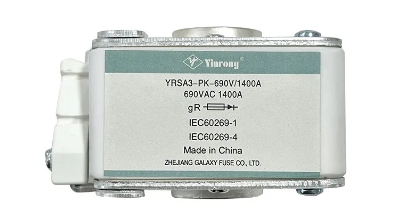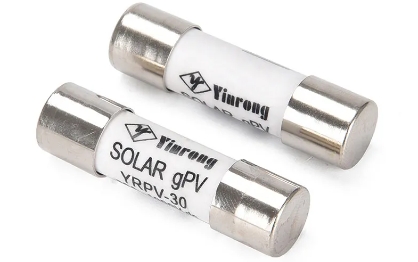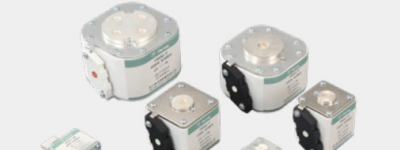- English
- Español
- Português
- русский
- Français
- 日本語
- Deutsch
- tiếng Việt
- Italiano
- Nederlands
- ภาษาไทย
- Polski
- 한국어
- Svenska
- magyar
- Malay
- বাংলা ভাষার
- Dansk
- Suomi
- हिन्दी
- Pilipino
- Türkçe
- Gaeilge
- العربية
- Indonesia
- Norsk
- تمل
- český
- ελληνικά
- український
- Javanese
- فارسی
- தமிழ்
- తెలుగు
- नेपाली
- Burmese
- български
- ລາວ
- Latine
- Қазақша
- Euskal
- Azərbaycan
- Slovenský jazyk
- Македонски
- Lietuvos
- Eesti Keel
- Română
- Slovenski
- मराठी
- Srpski језик
- שפה עברית
- беларускі
- Bosanski
- ქართული
- O'zbek
Classification and selection of fuses
2024-11-19
Classification and selection of fuses
Fuse is like a guardian in the circuit, silently protecting the equipment from sudden current shock. If the circuit isoverloaded or short-circuited, the fuse is the hero who decisively cuts off the current and protects the electrical appliances. So, what are theclassifications of fuses and how to choose them?
Different "roles" of fuses
1. Classification by construction type
Cylindrical Fuse:
Cylindrical fuses have become the mainstream choice in industrial and commercial environments with their compact design. They are suitable for medium and low voltage equipment, easy to install and reliable in performance, and are widely used in
distribution cabinets and electrical equipment.

Square Body Fuse:
Square fuses are like a strong shield in the circuit, designed for high current and high voltage, and are widely used in scenarios requiring high reliability in industrial environments. Take GalaxyFuse's 690V 1400A YRSA3-PK high-speed fuse
as an example. This product has excellent cutting ability, can quickly respond to high fault currents in the circuit, and provide robust protection for industrial equipment. For more information about square fuses, please refer to the relevant technical documents of the National Electrical Manufacturers Association (NEMA).
2. Classification by response speed(Fuse Operating Class Explained)
High-speed fuses: Fast fuses are like SWAT teams in the circuit. When encountering overload or short circuit, they will quickly cut off the current to protect the equipment from damage. GalaxyFuse's 690V 1400A YRSA3-PK high-speed fuse is a representative of this type of fuse. It can respond to
abnormal currents in milliseconds and provide precise protection for equipment such as transformers and generators. Time-delay fuses: They are more calm when facing short-term current fluctuations. They allow short-term current changes such as motor starting before evaluating whether to cut
off the current. They are suitable for equipment with large starting currents.

3. Classification by applicable voltage
Low-voltage fuses: Low-voltage fuses are a good partner for household appliances and small devices. They are usually used to protect small and medium-sized devices in home circuits and industrial environments. High-voltage fuses: High-voltage fuses are the mainstay of the power system. They can
cope with strong fault currents and protect the safety of important equipment. Take GalaxyFuse's 1000VDC 30A 10x38mm solar fuse as an example. This fuse is designed for solar photovoltaic systems and can quickly cut off abnormal currents to ensure stable operation of the equipment while complying
with international standards Source: International Electrotechnical Commission (IEC).

How to choose the right fuse? When choosing a fuse, you need to consider the following key points:
1. Rated current: Make sure the rated current value of the fuse matches the equipment.
2. Cutting capacity: Choose a fuse with a high enough cutting capacity to handle the maximum fault current that the equipment may encounter.
3. Response speed: Decide whether to use a fast fuse or a time-delay fuse based on the characteristics of the equipment. Fuses are the silent guardians of circuits.
When choosing a fuse, it is crucial to understand the equipment requirements and circuit characteristics. For example, GalaxyFuse's 1000VDC 30A solar fuse and 690V 1400A high-speed fuse have demonstrated excellent protection performance in photovoltaic and high-voltage industrial applications,
respectively, to ensure the long-term and stable operation of the equipment.




